News 3/21/13
The CMS Office of E-Health Standards and Services says that between five and 10 percent of all EPs attesting for MU will be selected for prepayment audits. According to the director of CMS’ Health IT Initiative Group, selections will be made “both randomly and also based on protocols that identify suspicious or anomalous attestation data.”
McKesson launches two free mobile apps for the iPad and iPhone. Lytec Mobile is for use with the Lytec 2013 practice management system, while Medisoft Mobile is available for Medisoft V18.
Emdeon reports Q4 revenues of $300 million, up six percent from a year ago, and a net loss of $10 million vs. $70 million.
SiliconMesa partners with DrFirst to provide Rcopia e-prescribing functionality to customers running the SiliconMesa EHR and PM system.
The 42-physician Yankton Medical Clinic (SD) selects InteliChart’s patient portal.
CMS hosts a series of Webinars this week and next to advise EPs and practice managers on participation in the EHR incentive program, PQRS, and the e-Rx program. The Webinars will review the actions that EPs need to take in 2013 in order to earn incentives and avoid payment adjustments.
Please join me in welcoming Nordic Consulting as the newest HIStalk Practice Platinum Sponsor. Last year KLAS ranked Nordic the #1 firm providing Epic staffing and implementation support and it’s one of only four firms to be credentialed for Epic Community Connect. The Madison, WI-based Nordic is the largest Epic-only consulting firm and all of its 130 consultants are Epic-certified with an average of nine years EMR implementation experience. Nordic consultants have over 800 certifications (an average of four each) and collectively demonstrate expertise on every Epic application. We appreciate Nordic’s support of HIStalk Practice.
More than half of all hospitals participating in a Jackson Healthcare survey plan to acquire a physician practice this year, which is up from 44 percent last year. Though last year many practices initiated the acquisition process, hospitals also purchased practices to build or maintain a competitive advantage and attract physician recruits.

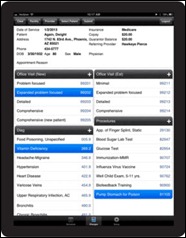
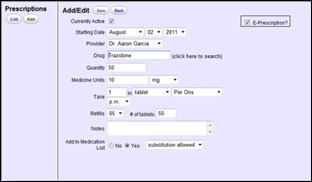
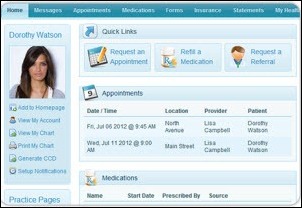
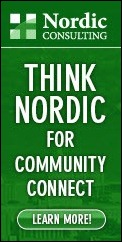
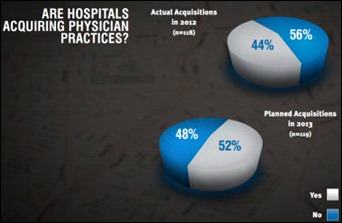

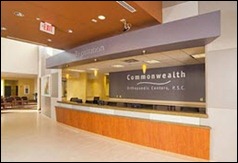
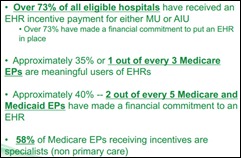
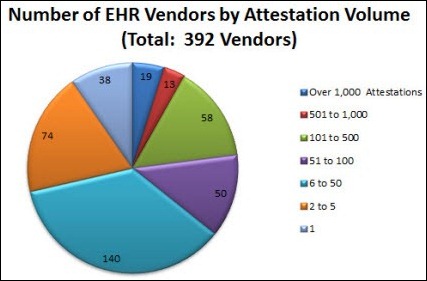
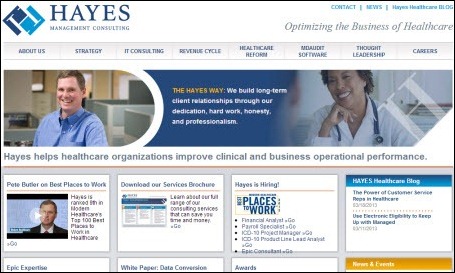







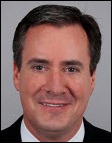
The article about Pediatric Associates in CA has a nugget with a potentially outsized impact: the implication that VFC vaccines…